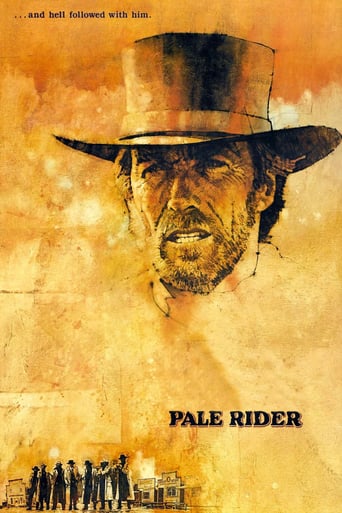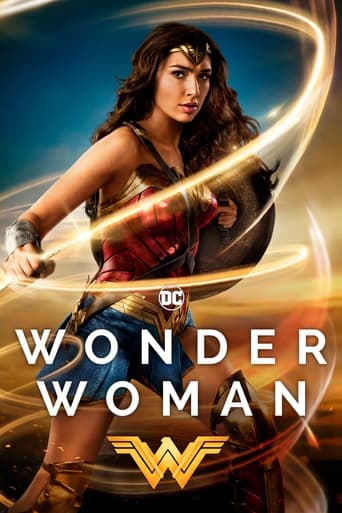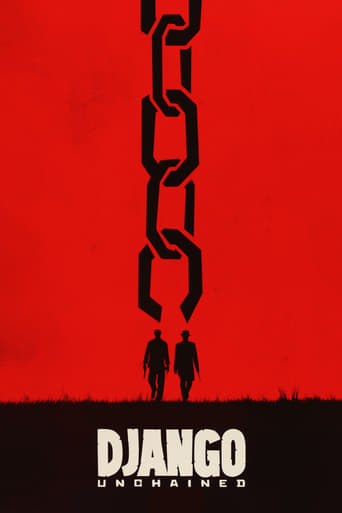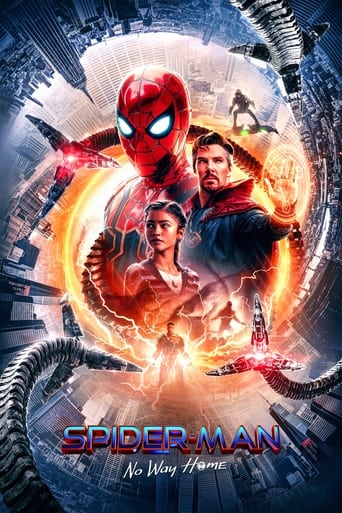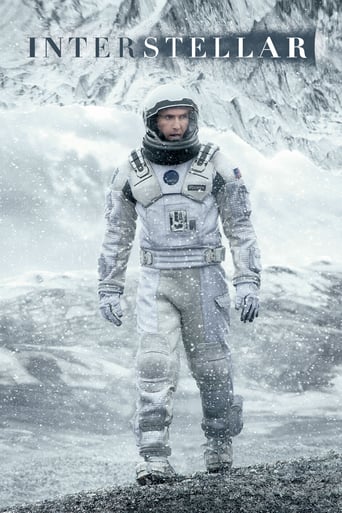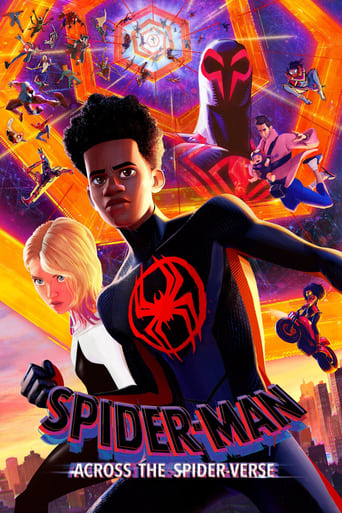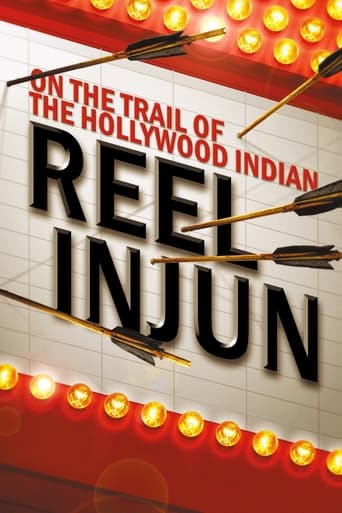


Reel Injun
The evolution of the depiction of the various Native American peoples in cinema, from the silent era to the present day: how their image on the screen has changed the way to understand their history and culture.
-
- Cast:
- Adam Beach , Clint Eastwood , Chris Eyre , Graham Greene , Charlie Hill , Jim Jarmusch , Zacharias Kunuk


Similar titles

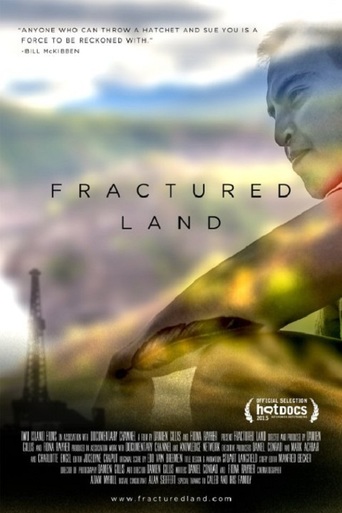
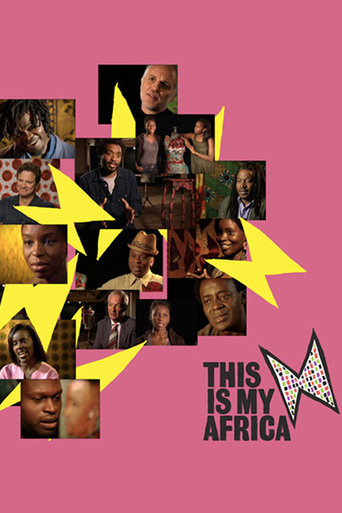
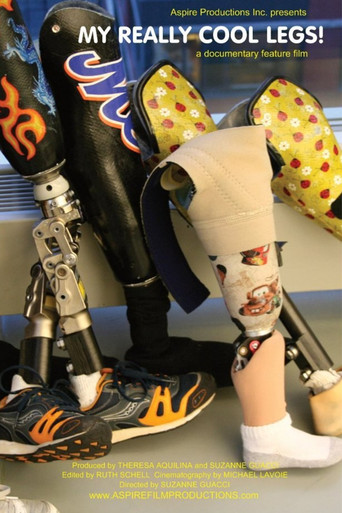
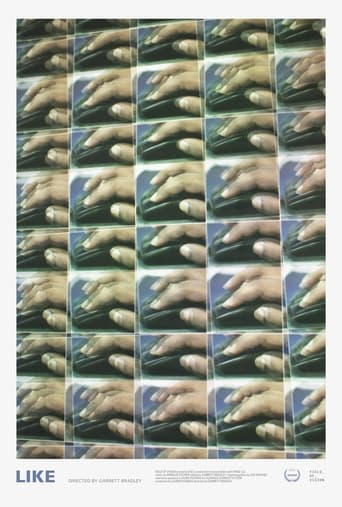
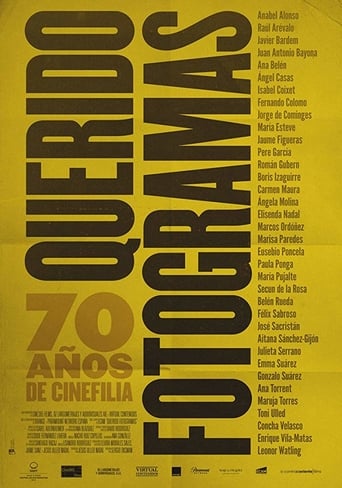
Reviews
Simply A Masterpiece
Save your money for something good and enjoyable
i must have seen a different film!!
Am i the only one who thinks........Average?
Growing up in Waskaganish, Cree filmmaker Neil Diamond remembers playing cowboys and Indians, but having to choose a side meant all the children preferred the role of cowboys. Myths and assumptions concerning Native Americans have been around for ages; however, the documentary Reel Injun addresses these falsified beliefs. The film runs 86 minutes long as Neil Diamond visits and interviews Native people and critics. Traveling in a "rez car," also known as a reservation car, he brings our attention to the effects of Hollywood film making on a grand scale. Gullible movie audiences believed in the representations of Native Americans in numerous films. Prior to watching Reel Injun I can admit to not knowing much about America's first peoples. During the late 1800s, society was fascinated with Native Americans, making them part of the first themes to be captured on film. As a result, the illusion of Indians began impacting the world. Myths caused native people to be seen as characters instead of being treated as human beings. Not only is this treatment unjust, but it is the catalyst leading people to believe all Native American mimic mythical creatures, because of their assumed bravery and outstanding horsemanship. The myth associating Indians and horses might have arisen from the Crow people in Montana, who are esteemed riders throughout North America. The relationship between the Crow tribe and their horses is very spiritual. Rod Rondeaux in particular, became a stuntman because he was dissatisfied with seeing white men pretending to be Indians on horses. Rondeaux has starred in the TV film Crazy Horse, Wild, Wild West, and many others. He has become one of Hollywood's highly ranked stuntmen and is representative of Native Americans who have been able to make stereotypes disappear. The 1930's film The Silent Enemy featured real native actors, allowing Chief Buffalo Child Long Lance to become a preeminent warrior. This period was marked by segregation and Long Lance knew the only way to further his career was by disguising his multiracial background: Indian, African American, and European. Because of his ethnicity, Long Lance developed a new image for himself, one that was solely Indian. When his secret came out, his career was ruined because of his falsified allegation of belonging to a tribe. On March 20, 1932 Long Lance committed suicide after battling alcoholism for years. This is reflective of a time where prejudiced attitudes affected job opportunities. Long Lance was born after the Reconstruction Era had ended and when the lynching epidemic occurred. Similar to Long Lance and known by his stage name "John Wayne," Marion Mitchell Morrison illustrated the image of the cowboy during his era. Most of Morrison's movie roles were Westerns, making it easy to associate the persona of John Wayne with mistreatment of the Indians. Louise Erdrich's poem "Dear John Wayne" expresses the effects of racial biases that were widely accepted in American society. The lines "How can we help but keep hearing his voice, / the flip side of the sound track, still playing; Come on boys we got them / where we want them, drunk, running" shows how degrading characters like John Wayne were to Native Americans. John Wayne was shown as the fearless cowboy who conquered the natives. Throughout American history, people have associated headbands and feathers with Native people, when in fact they never wore them. Hollywood began using headbands on actors to ensure wigs would not fall off during stunts. This has become one of the many symbols attached to Native Americans through the influence of Hollywood. With an evolving society, it is difficult to define the ethnic identities of a group. The disadvantage with cinema is that directors can choose how they want to represent individuals or groups of people. These messages can translate incorrectly, allowing for the continuation of prejudices.Despite being presented as savages and mistaken for hippies, Native Americans have come a long way in Hollywood. The movement that began in November 1969, when indigenous protesters from San Francisco occupied Alcatraz Island, revitalized the spirit of Natives, and filmmakers finally owned up to their mistakes. The 90's can be considered the rebirth of Natives in cinema because their voice emerged. Movies like Smoke Signals and Igloolik accurately tell Native American stories.Reel Injun provides viewers with a truthful portrayal of the many years of damage caused by film making and will make you question Western favorites held so close to heart. Interviews with natives and a look into various movies throughout history will make you thankful a documentary like this exists. Aiming to rid society of wrongheaded myths, director Neil Diamond thoughtfully delivers just the right amount of critique, leaving audiences with awareness of Native American life.
The title "Reel Injun" is a play on the words 'real Indian' and is very appropriate because it focuses on the roles of American Indians in cinema ('reels') over the years. It covers the whole scenery, from Indians being featured in the very first "motion pictures", a series of photos on a wheel that would appear in motion when the crank was turned, all the way to present time when Indians are making their own movies about their own people, portrayed the way they really are.The history of the American Indian over the past 500-odd years is a really sad one. There were many tribes, of a mostly peaceful people. But the early settlers from Europe looked at them as savages, and ruthlessly killed or imprisoned them, banishing them from the land that had been their home for centuries. I remember as a kid growing up in the 1950s, learning about American History and seeing western movies, never giving a second thought about it. But now as a somewhat wiser adult I can see what an injustice it all was.So naturally Indians were portrayed as savages in early western motion pictures, building on that false stereotype. Gradually through the years their portrayal has gotten more and more realistic. The surviving Indians just want to be considered 'human' because that is what they are. They want the same treatment and opportunities as others in "the land of the free." Good film, it is hard to watch without shedding a tear here and there. One of the humorous parts, there was a famous actor Iron Eyes Cody, who became sort of an icon of "the real Indian" in movies. It turns out Iron Eyes was of Italian descent, born of immigrants in Gueydan, Louisiana, less than two months before my own father was born in the same general area. Iron Eyes' birth name was Espera Oscar DeCorti but was sympathetic to the Indian culture and lived his whole adult life as an Indian.Yes, we are all humans, we all come from different tribes, at different times in history.
I learned a TON from this film. I started watching it thinking I had a good handle on just how terrible Hollywood has been to the cause of First Nations education, but I was wrong. From the revelation of a SURPRISING number of Hollywood actors who are still alive and have played First Nations peoples in their careers to the surprisingly obvious (how did I not realize this?!) fact that nearly all portrayals of First Nations Peoples on film are of the Plains People - feathered war bonnets and all!There is truly so much that is positive that I could say about this film, but the most important of which is the fact that it has been funded, produced and released to the wider public at TIFF and various other means (I myself watched it on television, yaay!) and it is largely the work of First Nations artists and community. I hope that funding continues so that further quality works like this can be released!Truly a revelation!
I found this one to be very informative about the all the negative stereotypes that Native people all over Turtle Island used to face a lot through images seen about them on TV and the big screen!! Fortunately, it isn't as bad as it used to be in my opinion since Natives are being viewed as a lot more human. However the damage had already been done ever since motion pictures were invented during the turn of the century and many STILL see Native folks as "savages" who are "noble", "stoic", etc. It's pathetic that EVEN TODAY mainstream society still sees them in such a negative manner! I am personally appalled by the old Hollywood views of Native people and I wish they would just vanish into thin air! But.. ANYWAYS... that's my scoop on this program and why I voted 9 out of 10.



